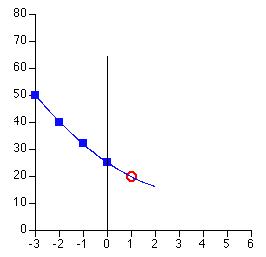
Figure 27.4.1 Linear plot of Cp versus time Illustrating a Multi-Step Method
return to the Course index
previous | next

Figure 27.4.1 Linear plot of Cp versus time Illustrating a Multi-Step Method
The Adams-Bashford method uses the 0, -1, -2 and -3 data point to calculate the +1 value. Thus, quite large stepsizes can be used accurately. An additional advantage is that only one additional calculation is needed for each new step. The earlier points must be calculated with another method, such as the Runge-Kutta method. A refinement of this method is the Adams-Moulton method which includes a back calculation step to confirm the accuracy of the first step. These methods are called predictor-correcter methods (forward-backward calculations).
These method work well with ordinary differential equations. They are very useful for most of problems encountered when integrating differential equations derived from compartmental pharmacokinetic models. However, there are occasions in pharmacokinetics where these previously described methods become very inefficient. This situation is stiff systems. Stiff systems are models where the ratio between the fastest and slowest rate constants is greater than 500 (stiffness ratio > 500). That is kfast/kslow > 500. This is common with physiologically based pharmacokinetic models as described in Chapter 22.
Gear's method is an answer to this problem (1,2). Gear's method, a predictor-correcter method, is very efficient for stiff systems. It is quite capable of efficiently working with systems with a stiffness ratio greater than 106.
Material on this website should be used for Educational or Self-Study Purposes Only
Copyright © 2001 - 2025 David W. A. Bourne (david@boomer.org)
 | An iPhone app that allows the input of up to four locations (latitude and longitude) and provides the user's distance from each location |
|